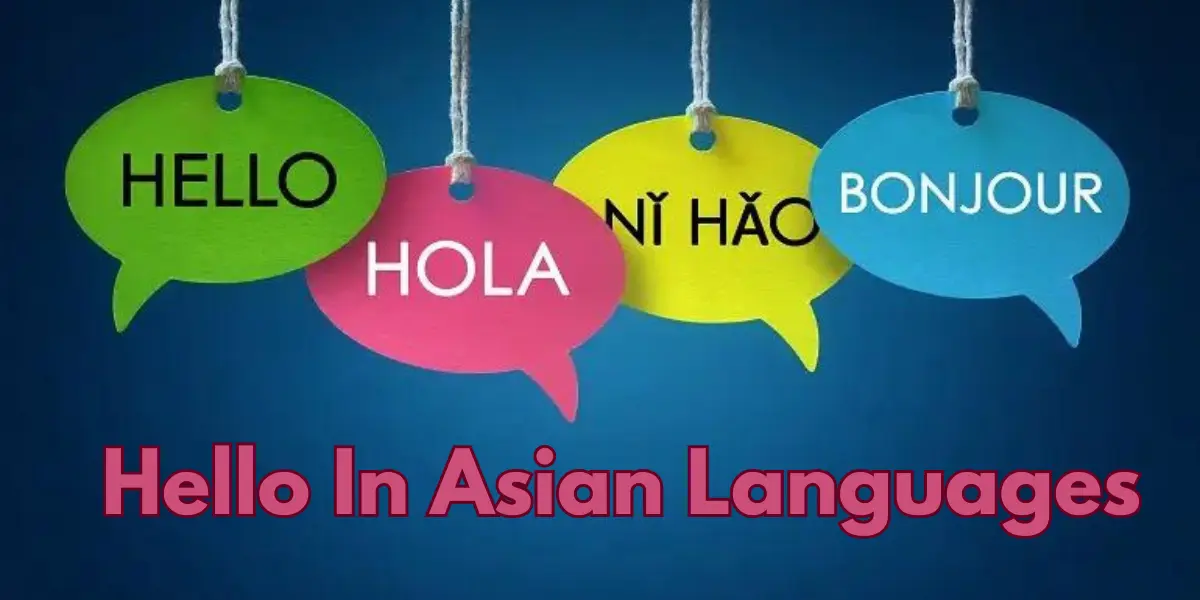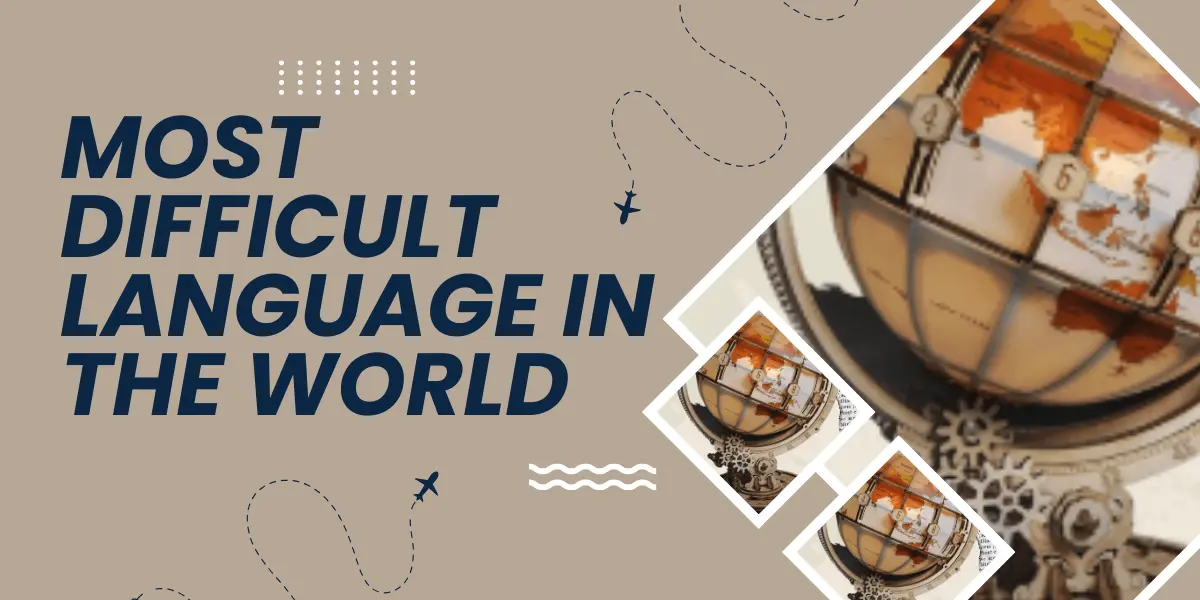What Language does Poland Speak: Poland, located in Central Europe is a country of rich history and vivid culture which has its own unique language Polish. Polish is not only the language they speak, it may as well be a sign of their nationality — a historical legacy filled with failures and successes. The official language of Poland has a rich history, numerous dialects an influence from other languages in and around the region.
Polish language: the official in Poland.
Polish: The official language of Poland is Polish, which can be written as “język polski”in its own native tongue. It is the largest and still spoken — with over 45 million people in Poland alone, which makes it one of biggest slavic languages to have survived.
Origin and History of the Polish Language
Early Origins
The linguistic properties of Polish were established during the first millennium AD by early Slavic tribes inhabiting what is now Poland. It is descended from the Proto-Slavic which means it shares a common ancestor with all of the other Slavic languages. When the tribes settled and established what was to become the Kingdom of Poland, this language evolved in distinctive ways.
Medieval and Latinate Impacts
In the Middle Ages, Poland was a key European power and Latin became the universal language of instruction, religion and administration. Therefore, Polish had a lot of Latin influences: it took over many words and even phrases from the Roman language especially in matters related to law, religion or writing.
Renaissance and Uniformity
The Renaissance period was highly important for the Polish language, since from then on it began to be standardized. The first book on Polish grammar, “Polonicae grammatices institutio,” was published in 1568 by the known poet and writer Jan Kochanowski. There were also many loanwords from Italian, French and German which entered Polish passing into it through the Western culture.
Partitions and The Foreign Hand
Polish was in a difficult situation during the 18th and 19th centuries, when Poland did not exist as an independent country—instead it was partitioned by Russia, Prussia (Germany), and Austria. This worked at the time when Russian, German and Austrian authorities restrained Polish language in their respective sectors by official use of their languages in education, administration or public life. Nonetheless, the Polish language endured in large measure because of writers and other members of intelligentsia who carried on using Polish as well all thanks to the Catholic Church that kept it (relatively) alive.
Properties of Polish
It is also well known for its incredibly challenging grammar, phonetics and deep vocabulary. Here are some of the significant characteristics that make up the Polish language:
Alphabet and Pronunciation
The Polish alphabet is based on the Latin script and consists of 32 letters with additional diacritics to represent specific sounds: acute accent (´), ogonek (˛), dot over a vowel or z (“dot” śróbka) “.”, turning tick `, stroke ´ article s “slash”):? For people without sweet southern drawls and instead have the pleasure of rolling a large amount of k’s) as I do, Polish pronunciation can be hard on one (Not many languages actually use so such consonant sounds or clusters. Here, for example, the letter ł sounds like a soft w and cz as in cherry.
Grammar and Cases
Polish grammar is highly inflected, meaning that the words change their form depending on how they are used in a sentence. These take the place of a grammatical case and affect how nouns or pronous (or adjectives) ends. Earlier, we saw Word by which the word-order is not so important and it may be flexible with high case- endings that indicates how words are related to each other.
Verb Conjugation
How does polsih conjugation work Polish verbs are inflected for tense, mood aspect and person. There are three main tenses in this language: Past Present Future Two aspects Imperfective (repeated or continuous action)Perfective (action was concluded, non-repeatable actions/facts). Polish verbs can also be used in the indicative, imperative and conditional moods.
Vocabulary
Polish has a rich and diverse vocabulary, with many words borrowed from other languages due to the influence of Poland’s history in neighboring countries and cultures. Again, like Latin, Polish is full of German influences but also borrowed from Russian and French extensively as well as occasionally Italian or English. Still, the basic lexicon is largely Slavic.
Varieties and Dialects
Although standard Polish is understood throughout the country, there are regional dialects whose features differ from each other. MORE The dialects themselves will be roughly divided into 5 large groups:
Greater Polish (Wielkopolski)
A dialect specific to the Greater Poland region (meaning a lot of it falls within what is now Wielkopolska voivodship), maintaining conservative pronunciation and vocabulary standards, often with older forms of words that have otherwise disappeared from standard Polish.
Lesser Polish (Małopolski)
This dialect in the south near Krakow is called Lesser Polish and it features a sing-song tone, as well as phrases only used there;
Masovian (Mazowiecki)
The Masovian dialect is spoken in the central regions, including political and economic welter Warsaw. This was the dialect that gave rise to standard Polish, although regional variations persist, especially in rural areas.
Silesian (Śląski)
It is widely regarded as a distinct language, largely because of its drastic divergence from standard Polish. This language is spoken in the Silesia region and since it came into contact with Czech and German, its pronunciation rules as well as morphology have changed.
Kashubian (Kaszubski)
Kashubian spoken by the Kashub people in Pomerania has status of separate language rather than dialect. While it is similar to the Polish languages, Silesian itself has its own grammar and vocabulary.
Influence of other Languages
Invasions, partitions and migrations — the history of Poland has left its mark on the linguistic landscape. Today, many minority languages and foreign languages are spoken throughout Poland as a legacy of its long multicultural history.
Minority Languages
In addition to the Polish language, a variety of other languages are also spoken in Poland by minority groups such as German, Belarusian, Ukrainian and Lithuanian alongside with Romani. The first are minority languages, spoken by small numbers of varying regions and protected under Polish law, with education in these languages related to public life.
Foreign Languages
Poland, along with its local lingo mishmash has been inundated by a wave of external languages such as English. English is taught in schools, and it is the most commonly spoken foreign language in Poland, particularly among younger Poles. In high schools, German; Russian and French are often learned as second languages.
Modern Polish Language
As in other languages, closeted evolution takes place also with the Polish language of the 21st century, under an growing enthusiasm and technological advancement (moreover international penetration). With the advent of the internet and social media, technology has brought with it a new way to speak full stop (often borrowing words or phrases from English etc). Despite these language shifts, the Polish language remains a crucial element of national pride for its speakers residing both in Poland and within countless Polish communities scattered across the globe.
Future of Polish
Bright prospects are clearly looming over the horizon for Polish, as it is managed in such a way that interferes with language destiny minimally but aligns well and combines into the whole easily within modern circumstances. Meanwhile, language preservation programs campaigning education policies and cultural initiatives aid in the vitality of Polish which still exudes as a living dynamic language.
Conclusion
The Polsih language is not only a means of communication but also an evidence of the long history, culture and identity. The rich, complicated grammar of Polish is reflected in the resilience and determination that have kept a fierce country alive throughout history. Given all the nuances of this Polish language, if you are learning or plan to learn it as a second tongue; I hope that your further exposure to these strange phonetic patterns/language will provide some insight into heart of this intriguing nation.



